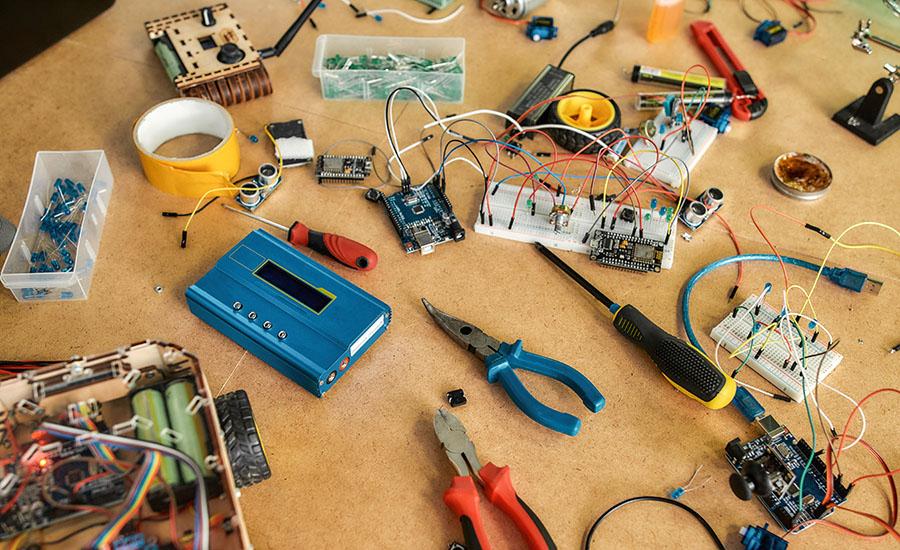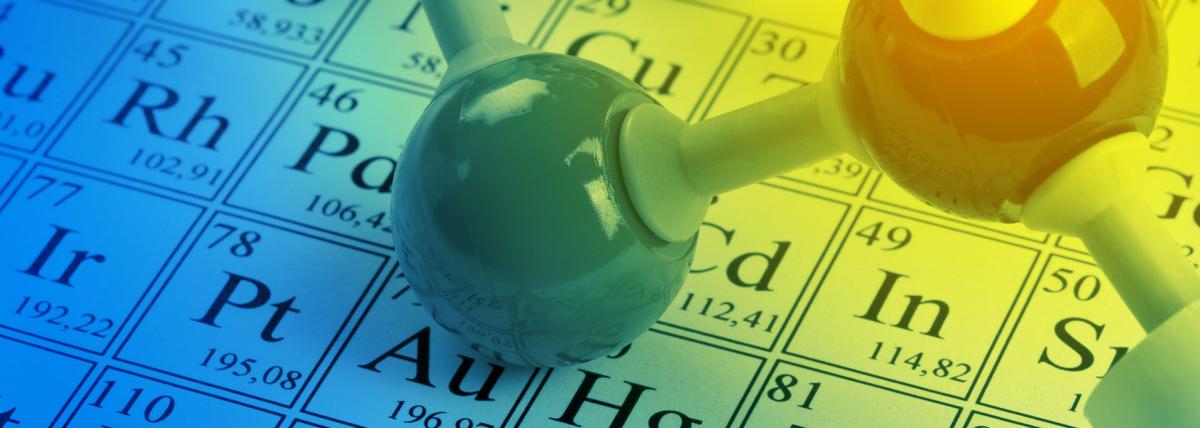
Electrical Energy
by Victoria Rackley
In this lesson plan, high school students will explore the concepts of AC and DC currents through hands-on experimentation. The lesson begins with a brief discussion on the fundamentals of alternating current (AC) and direct current (DC), highlighting their differences and common applications. Students will then form small groups and use a digital multimeter (DMM) to measure and compare the outputs of both AC and DC generators. Each group will connect their generators to an LED and a battery, observing how the LED lights up differently with each type of current. They will use the DMM to measure voltage and current, recording their findings and analyzing the efficiency and behavior of the circuits. This practical activity will reinforce theoretical knowledge, allowing students to visualize and understand the real-world implications of AC and DC currents. The lesson will conclude with a discussion on the advantages and disadvantages of each type of current in various applications, such as household electricity and portable electronic devices.
Lesson Plan Link/URL
https://docs.google.com/presentation/d/1-qQgh8jKh60QYWfe_WD_5yNa4BgxiJLp/edit?u…Related Content

Grades:
7th Grade, 8th Grade, 9th Grade, 10th Grade, 11th Grade
This lesson give emphasis on the systems A and B of the chemical reaction that represent the reactants and products. This also focuses on investigating not just the system involved in the chemical

Grades:
8th Grade, 9th Grade, 10th Grade, 11th Grade, 12th Grade
GROWING CRYSTALS PART 1, A lesson that focuses on the different types of formation of crystalline solid, its properties and the attractive forces responsible to it during chemical bonding. It is

Grades:
7th Grade, 8th Grade, 9th Grade, 10th Grade, 11th Grade, 12th Grade
This a hands on activity that will have the students measure the frequency of a resonating glass bottle by using their cells phones. They will then combine with other groups to play a well known song